An investment into calibration equipment and systems must be financially justified, just like any other business investment. But does a cheaper cost of purchase always mean a higher return on investment? Not necessarily. When building a business case for calibration calibration system investment, what may seem at the outset to be cheaper may not necessarily be so, if the evaluation is made from total or life cycle cost perspective instead of evaluating cost of purchase only.
Calibration system A can have a lower cost of purchase than calibration system B, but if calibration system B has better operational efficiency, the total cost of calibration system B can be lower than alternative A. The key point is to consider what elements form the total cost of implementing and running a system instead of focusing on isolated costs only, such as the purchase price of a calibrator or cost of a software license.
Why invest into a calibration system?
Your calibration system business case starts from defining a purpose. Why are you considering to make an investment into calibration? What value are you looking to generate for the company from the investment? Many times, a calibration system investment is competing with the same monetary resources as, for instance, a new building or renewing the company parking lot. That’s why the evaluation should start from defining why you are investing into calibration. Some common reasons for making a calibration system investment relate to improving efficiency of the calibration process (e.g. time savings), boosting plant safety, enriching product quality through more accurate measurements, improving compliance with applicable standards and regulations as well as harmonizing calibration processes between different manufacturing plants of a company.
Compare total costs, focus on system life cycle
When investing into a calibration system and building a business case for comparing alternative solutions, the nature of calibration activities as well as the life cycle of the system and calibration process should be included in the equation. Purchase price as well as features and functions comparisons are important, but they are only a start and only a small part of the financial evaluation of different alternative calibration solutions. To put it short, there are basically three different cost generating elements related to calibration: equipment, labor and downtime (planned/unexpected). When trying to understand the total costs between different calibration system investments as well as the economic benefits related to the alternative investments, you can ask yourself:
- What are the implementation vs running costs of the system?
- What is the expected system life cycle?
- What type of productivity benefits can be achieved (e.g. time savings, process improvements)?
- Does the system impact process downtime?
- What are the costs of maintaining the system?
- Does the system improve plant safety?
- Is product quality influenced?
- What is the estimated labor impact?
- Does the system impact risk mitigation and compliance?
Build for the complete life cycle
The key element in creating a business case for calibration system is to build the business case for the entire life cycle of the system and not just compare cost of equipment purchases and software licenses. Therefore, you should actually compare alternative calibration processes, and not the equipment as such. Consider what it means to implement and run a process with alternative equipment and have various viewpoints on this: financial, time-savings, risk mitigation, implementation/running/maintenance costs as well as headcount impact, among other things.
Learn how to overcome the common pitfalls.

Regards,
Villy
.png?width=700&height=456&name=Namnl%C3%B6s%20design%20(11).png)
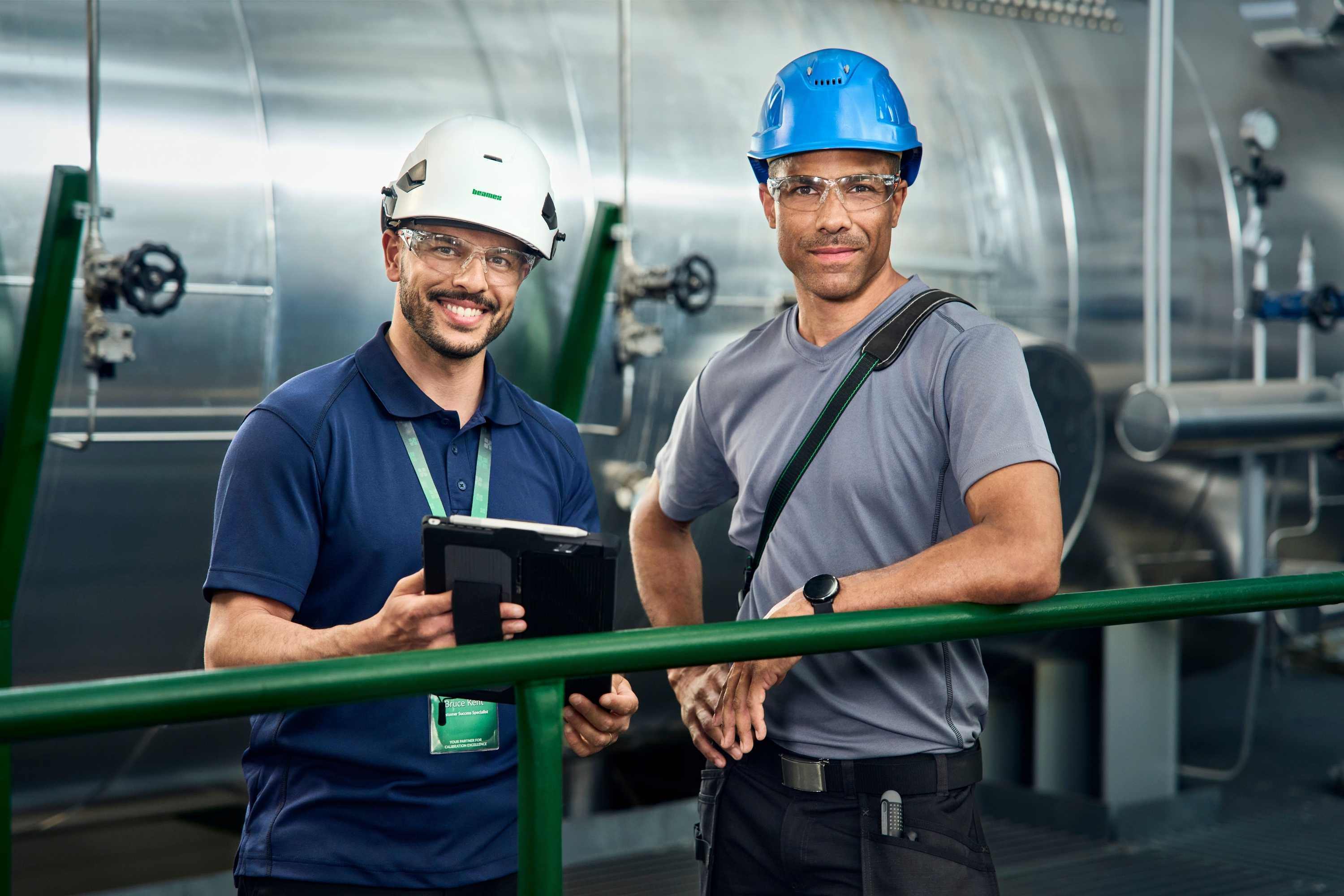
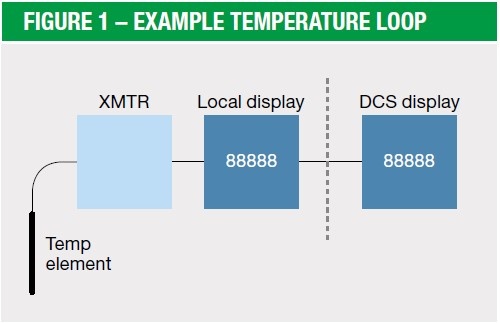
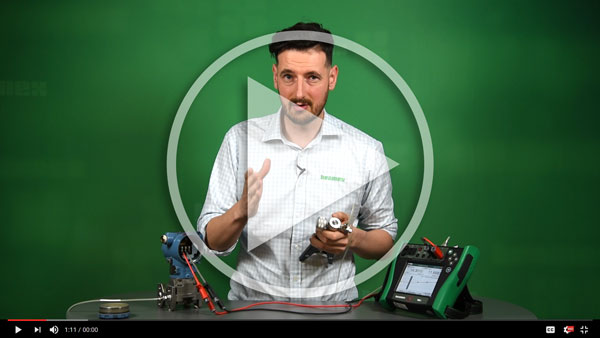

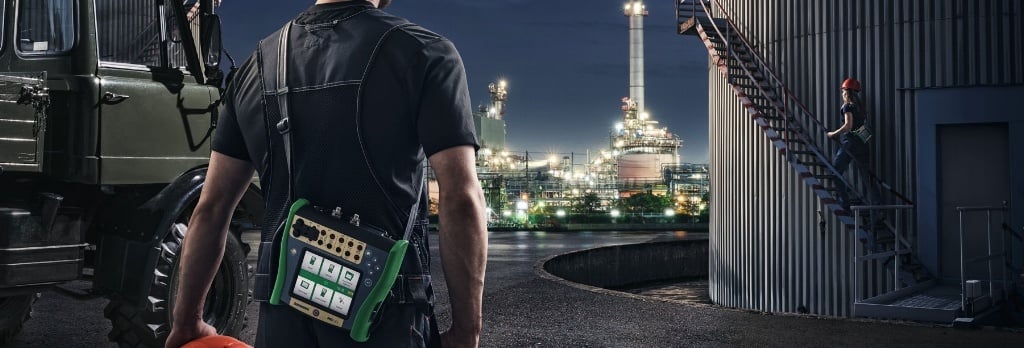
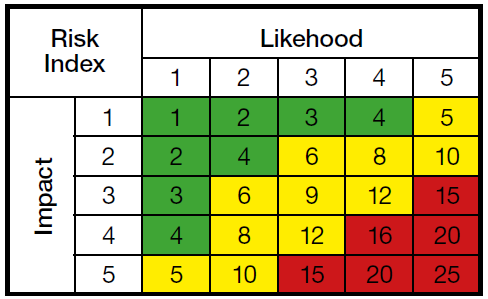
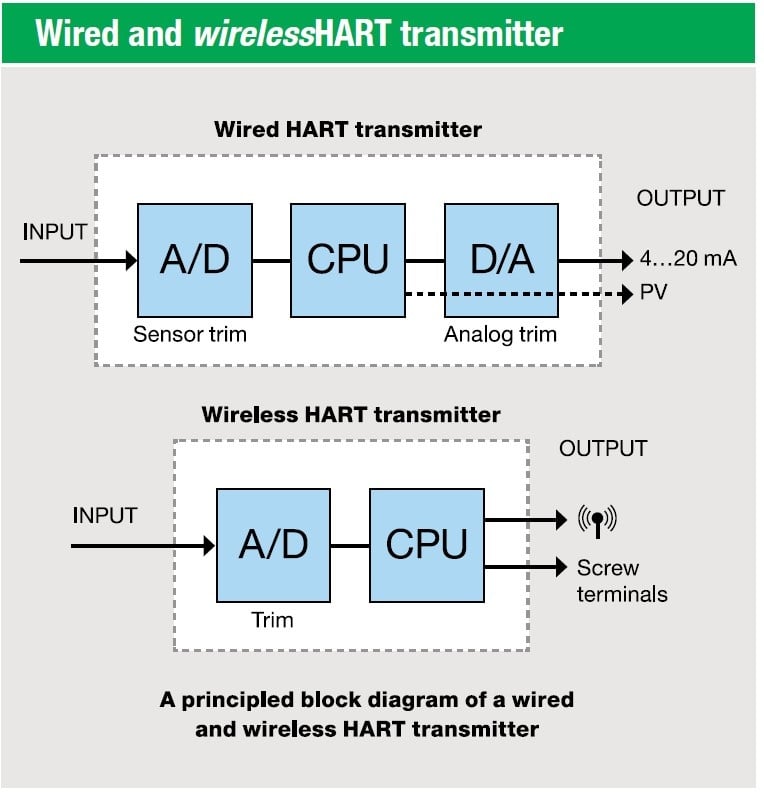
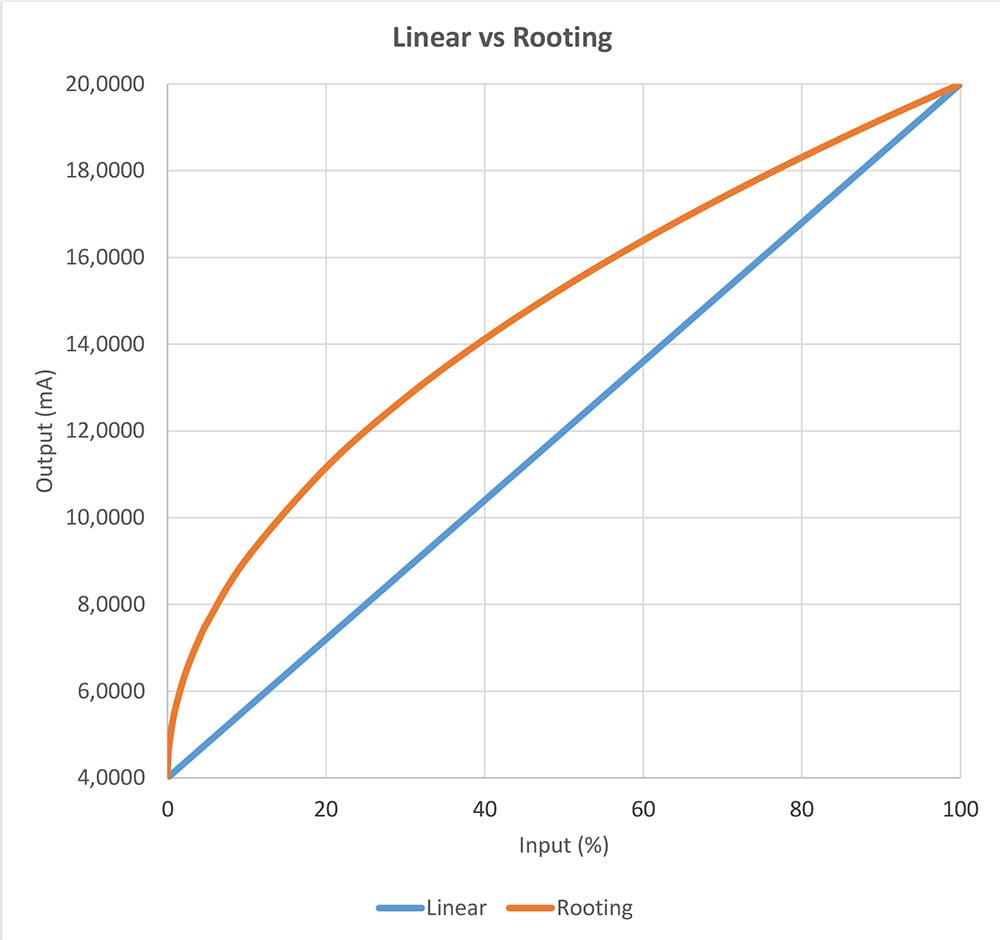

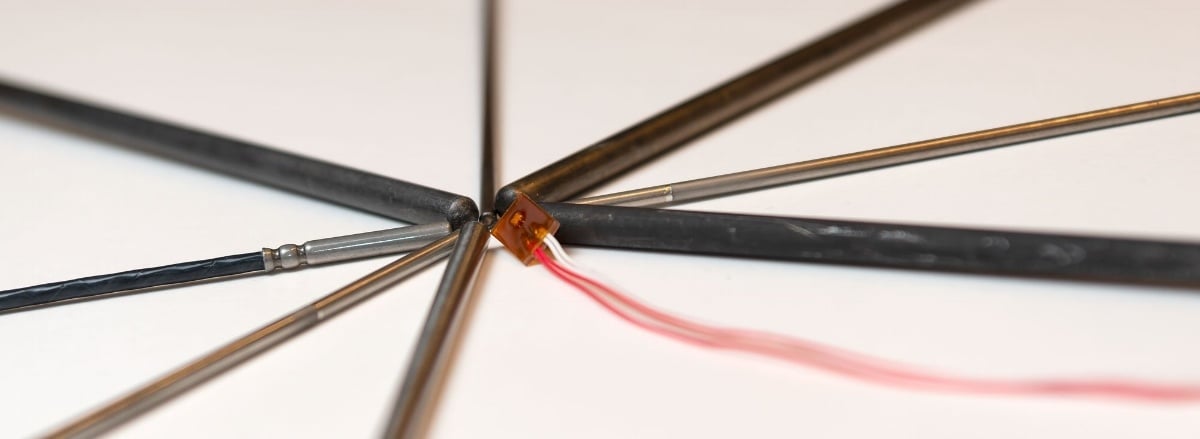
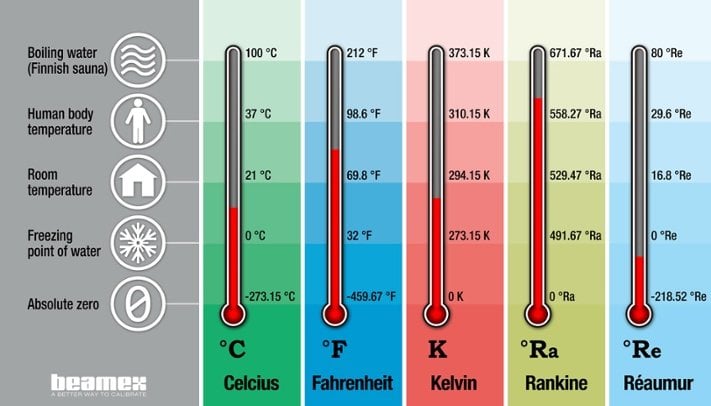

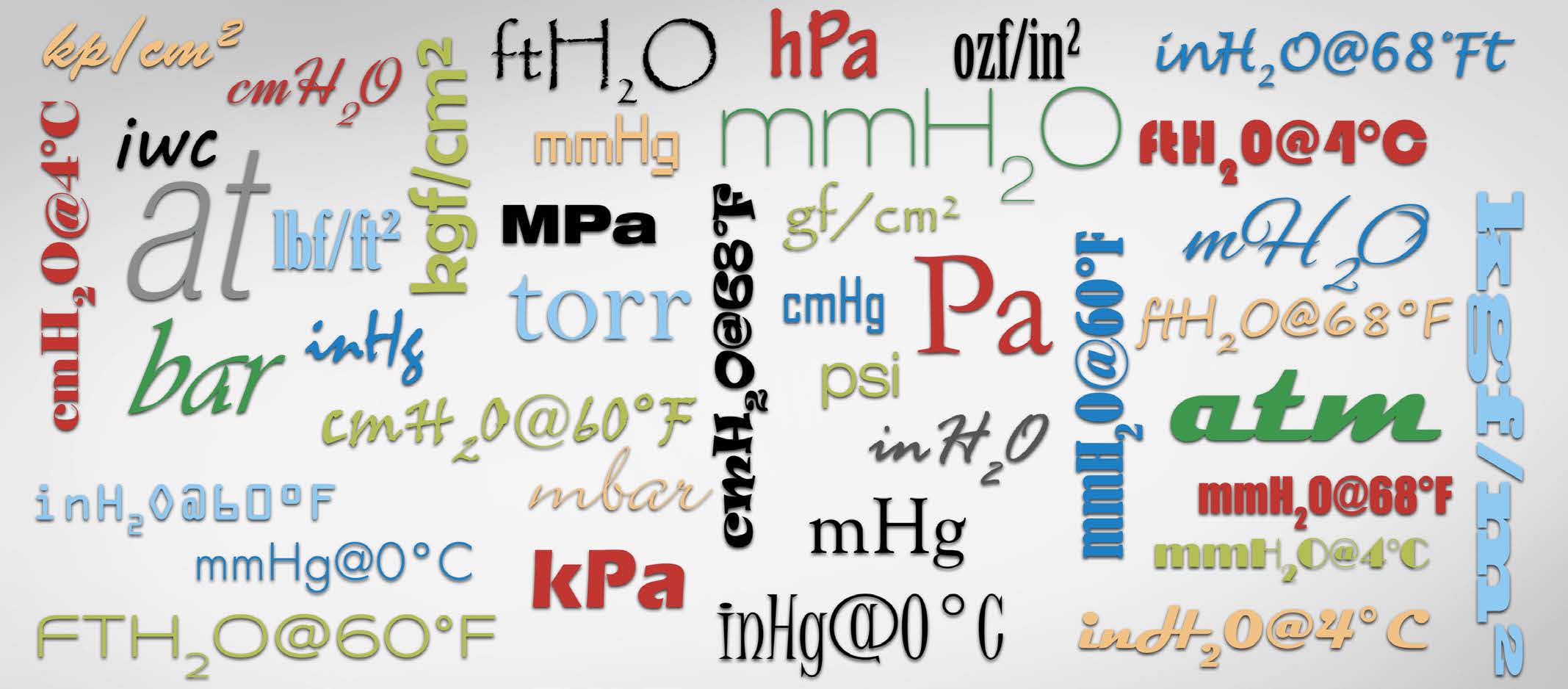
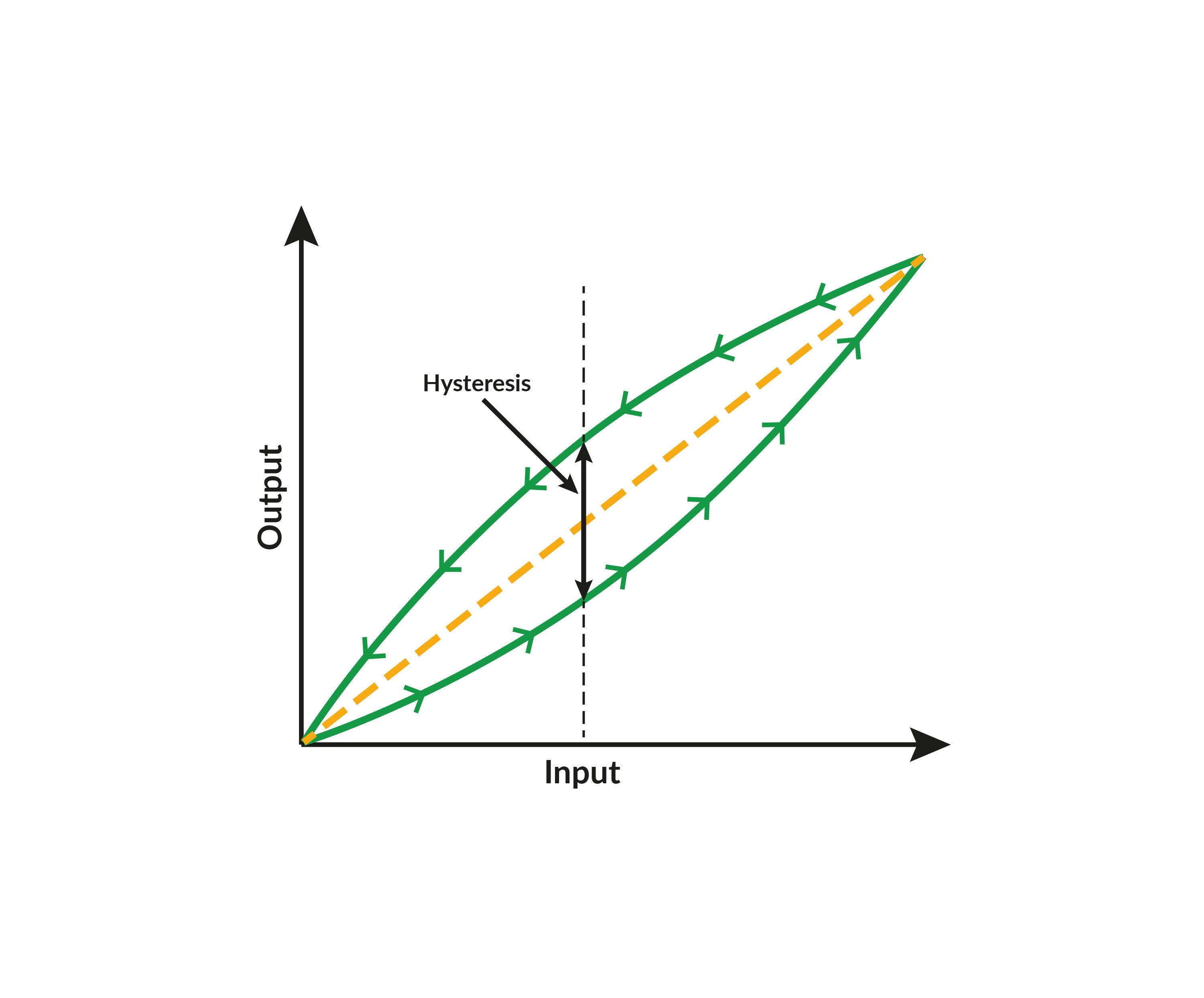
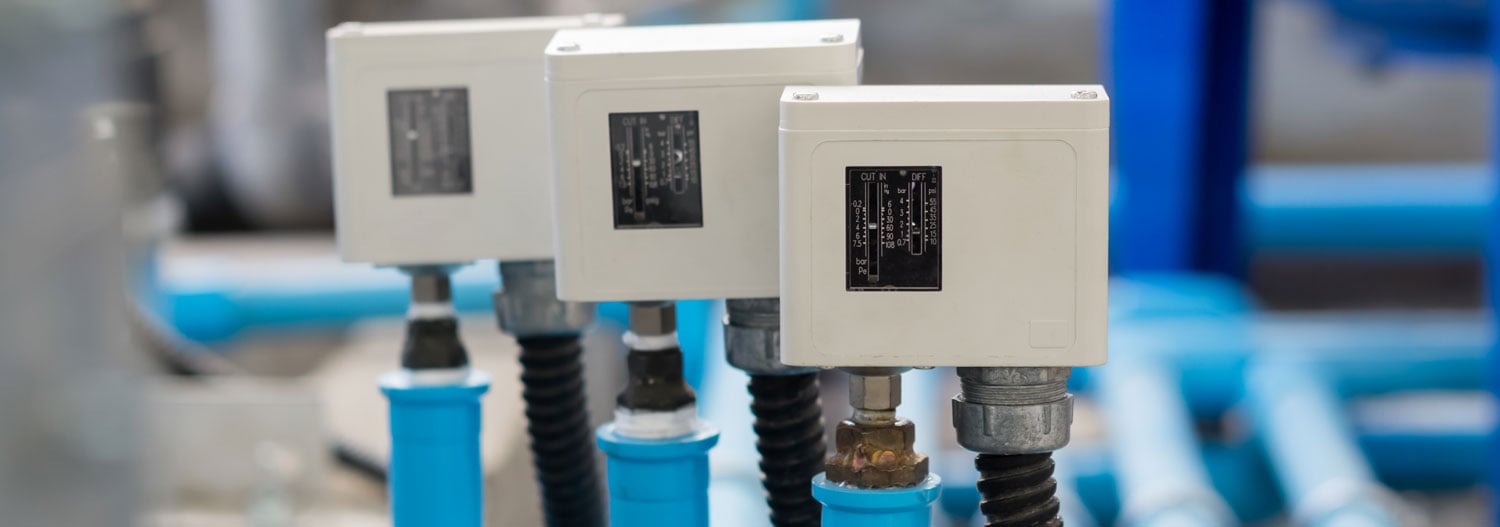
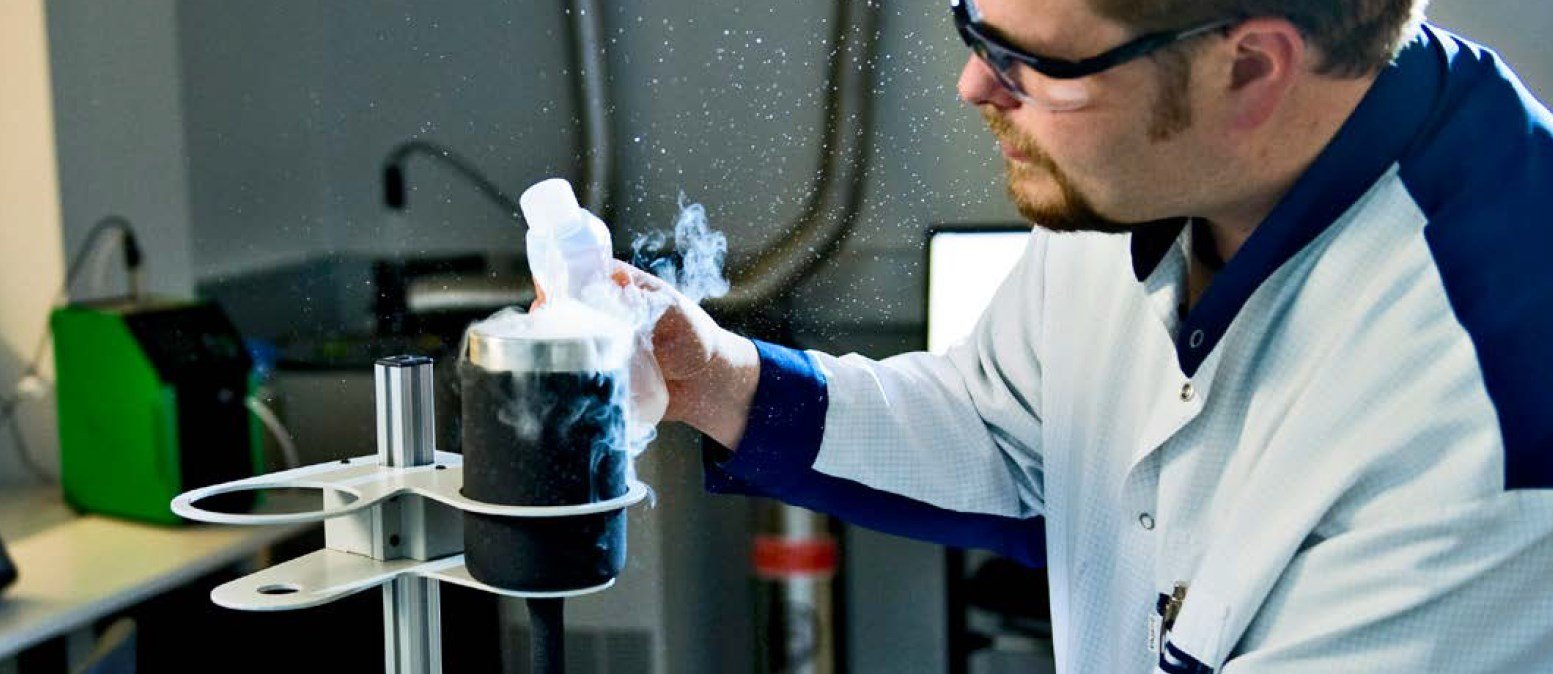
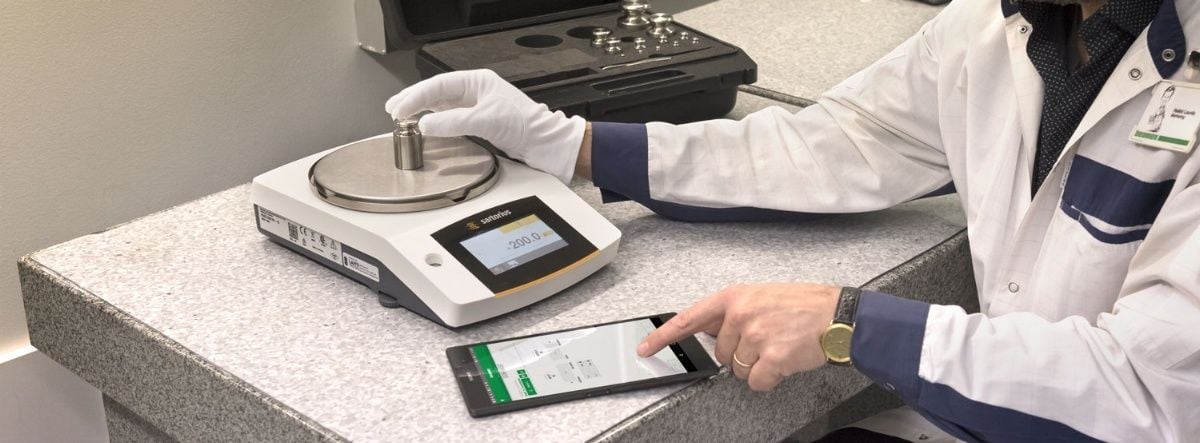
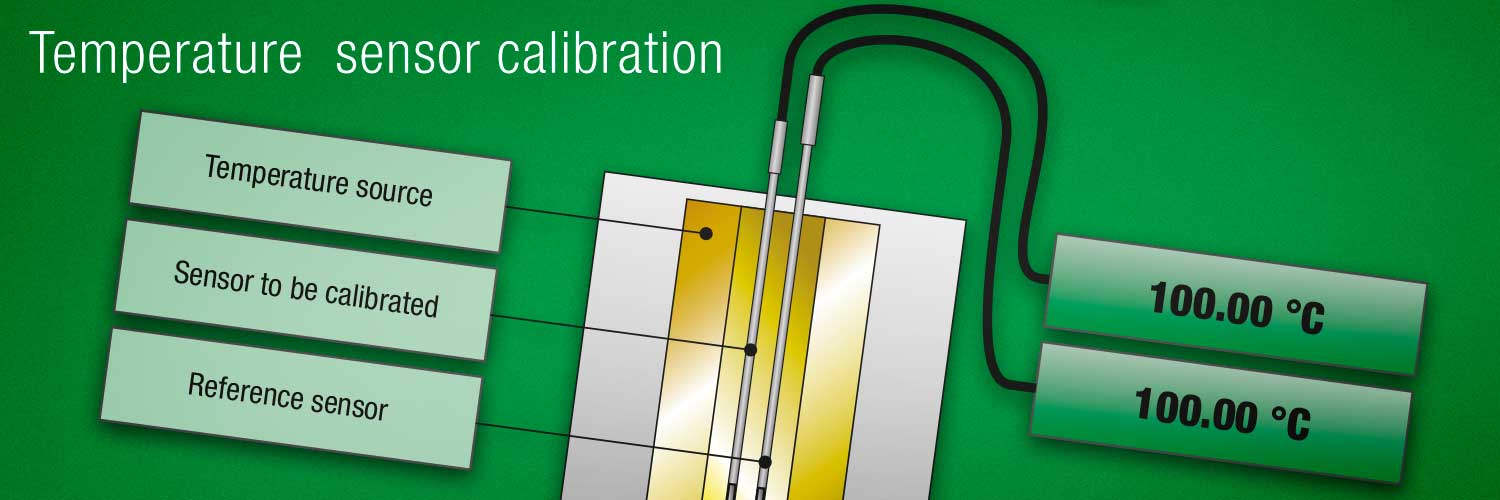

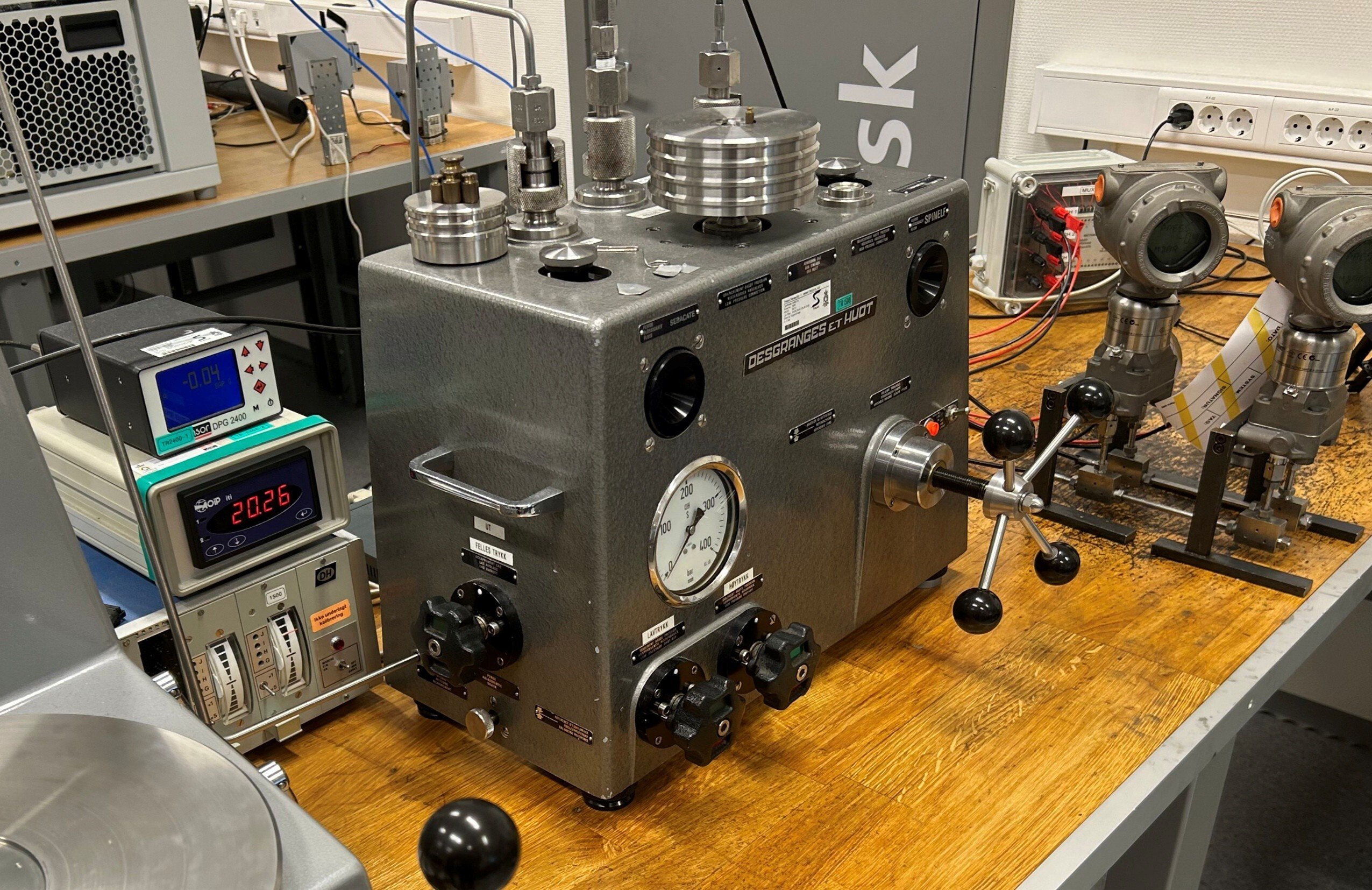
.jpg)
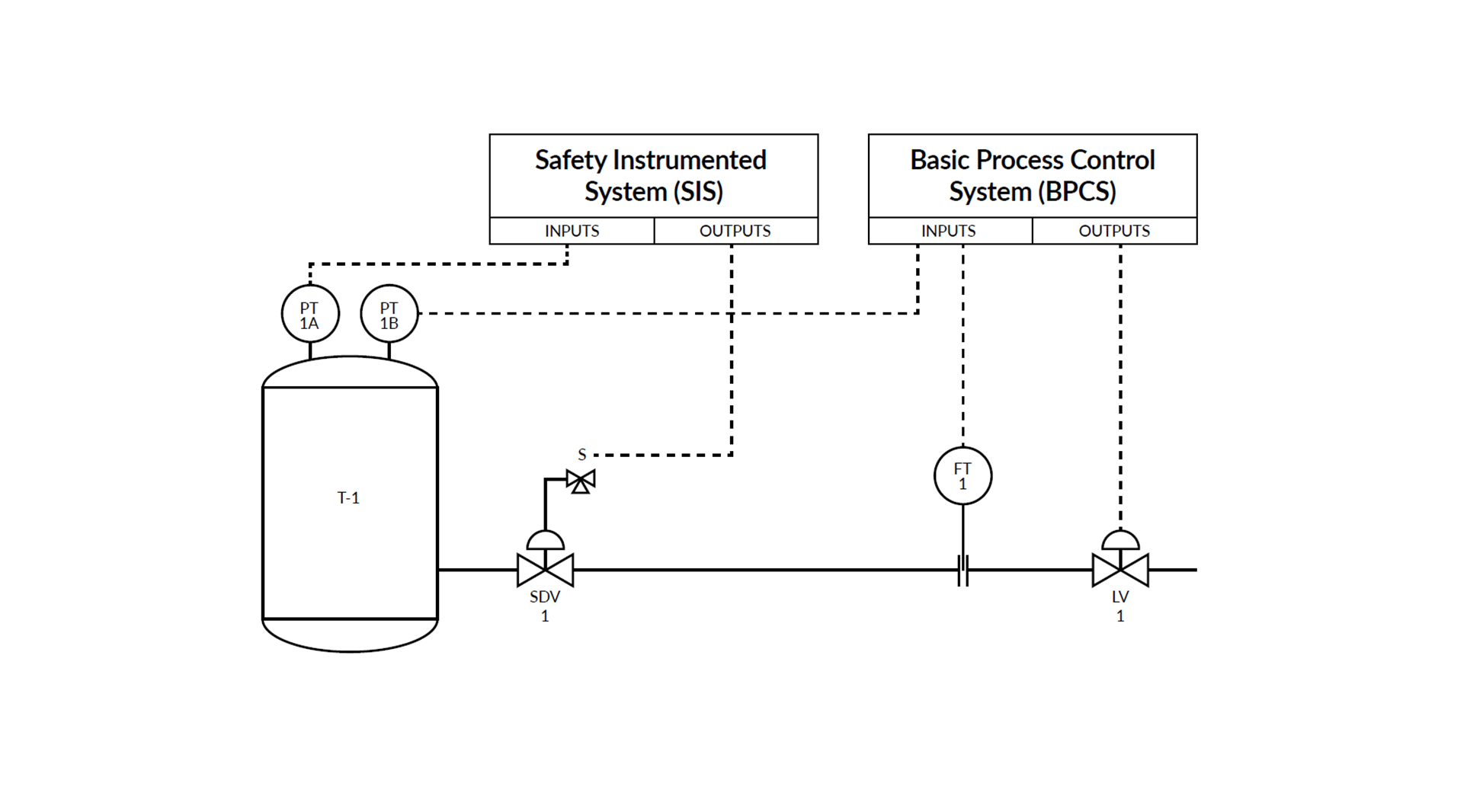
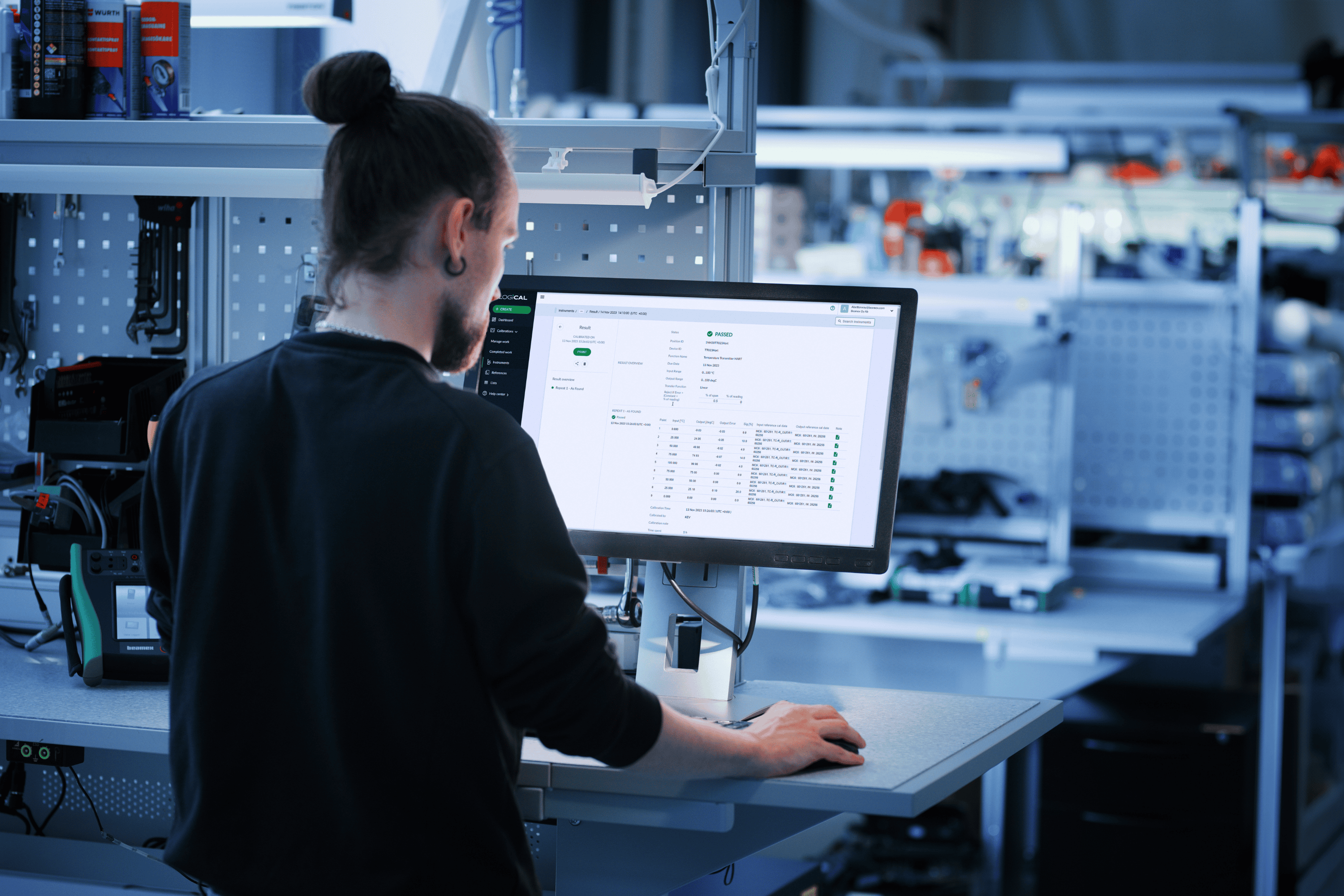
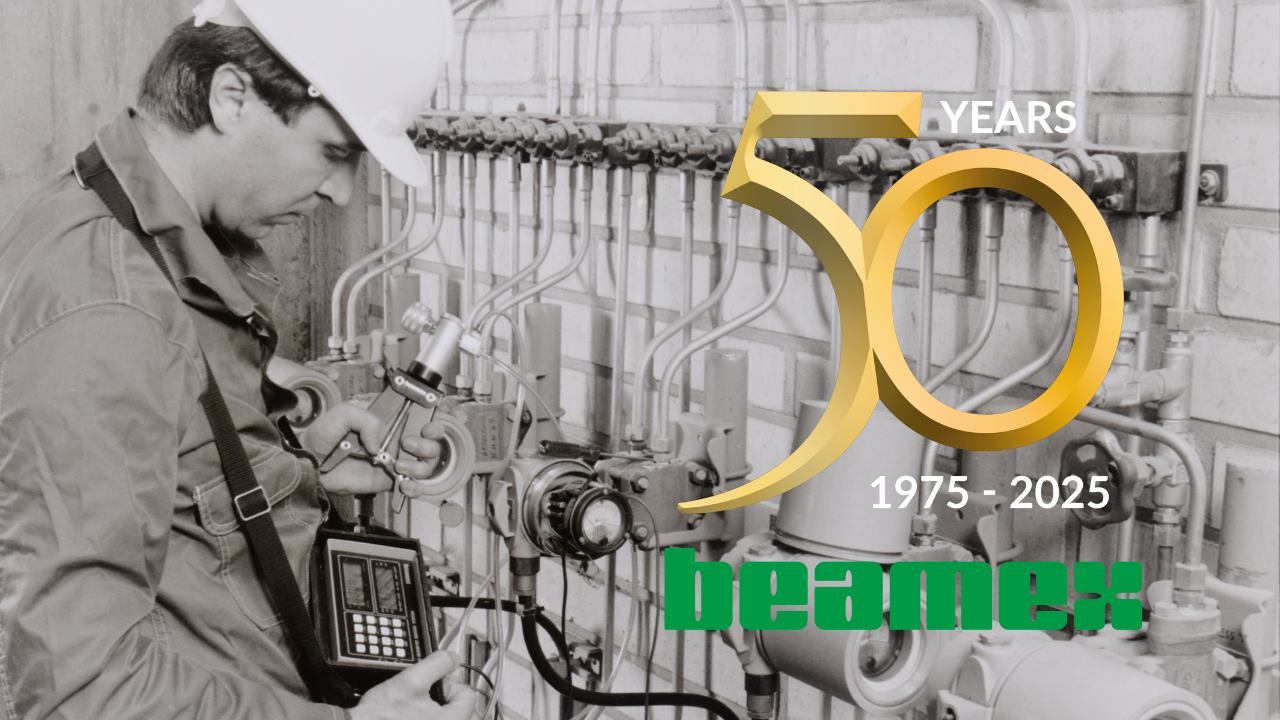
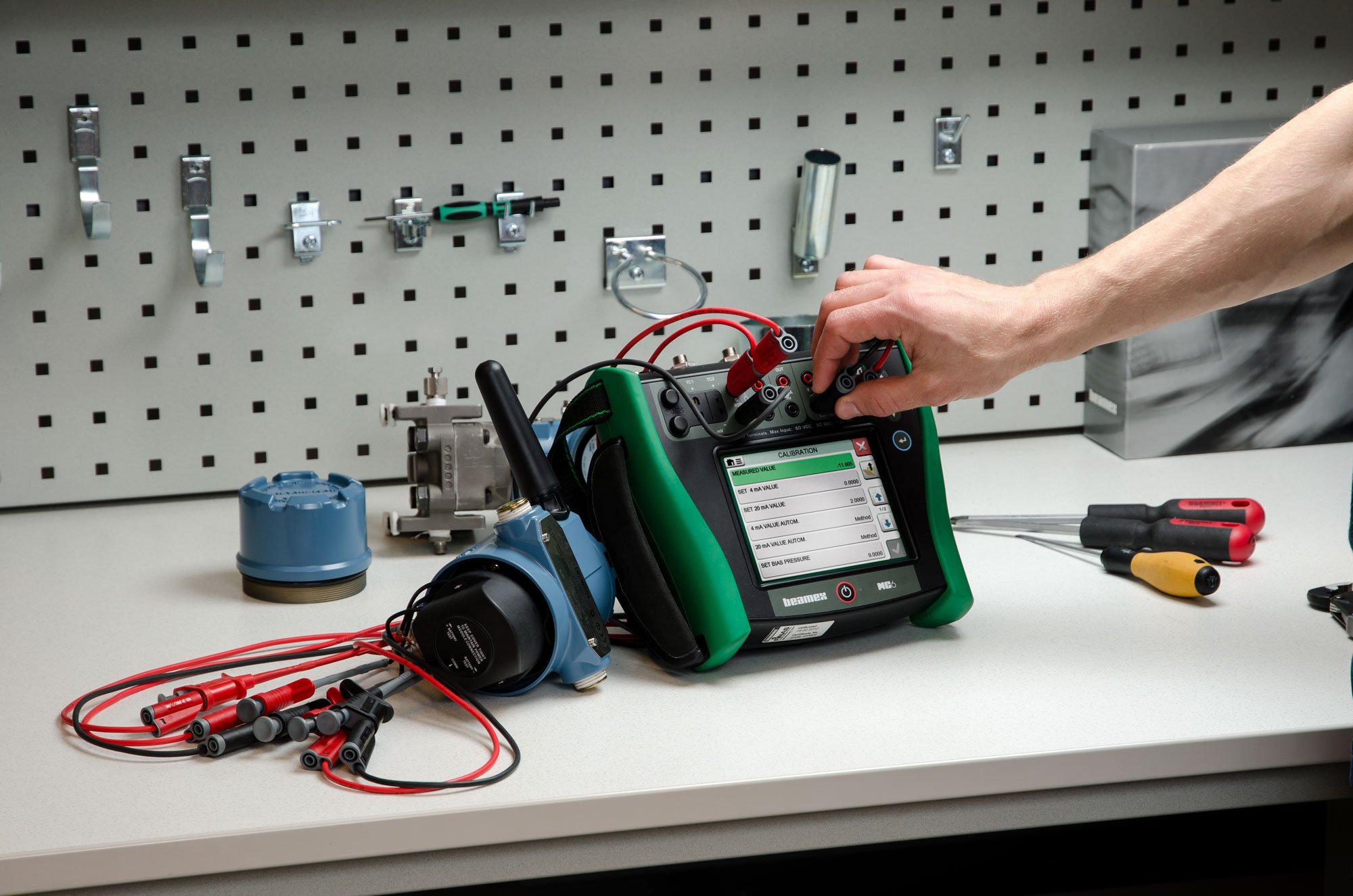

.png)
.png)
Discussion